Philips Hue isn’t being very secretive about its new products this year. A week before the big media event in Berlin, numerous new products have appeared on Amazon, revealing new details that I am, of course, happy to summarize for you.
New bulbs cover a much wider white spectrum
Warm white and cool white have been familiar concepts in the Hue world for years. Previous bulbs typically covered a range of 2,000 to 6,500 Kelvin. The new generation will significantly exceed this, as the product pages on Amazon now reveal. The new Hue light bulbs offer a full spectrum of white light from 1,000 to 20,000 Kelvin. This means that even midday sunlight can be replicated, as the following graphic shows.
“The smart lamp has an above-average CCT range that covers the entire spectrum of daylight: relaxing tones below 2,700 Kelvin, blue sky light at 12,000 Kelvin, and invigorating white light at 17,000 Kelvin,” according to the product description.
The product description also states that the new bulbs can be dimmed even further, to 0.2 percent. Power consumption is also said to have been reduced by 40 percent. It is also noticeable that the “Philips” brand name has disappeared from the bulbs. From now on, you can recognize the new generation by the “Hue” logo.
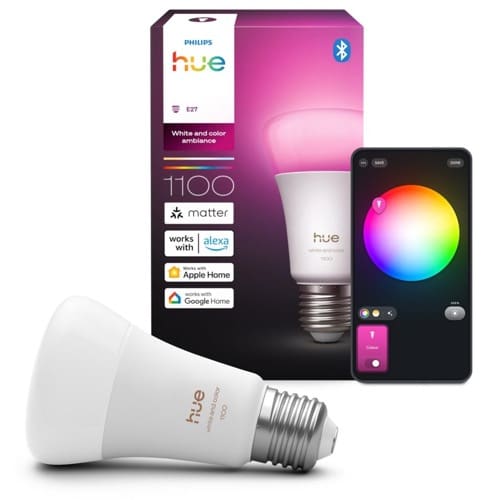
Hue smart bulb (2025)
from $17.99 up to $70.99
Hue Essentials bulbs already available for €24.99
If the wide white spectrum is not particularly important to you and you value a lower price more, then the new Hue Essentials series is made for you. Two basic bulbs with White Ambiance and Color technology have appeared on Amazon. Both E27 and GU10 are priced at $24.99 (Amazon-Link), which is really very affordable compared to the previous colored bulbs.
Hue Essential smart bulb
$24.99 / €24.99
Hue Essential smart spot
from €24.99
Hue Festavia Globe in three different lengths
One of my personal highlights is the Hue Festavia Globe. The garland-style string of lights will definitely end up above my patio, I’ve made up my mind. To make your planning easier, I can tell you the three planned lengths. The Hue Festavia Globe will be available in 7 meters (10 bulbs), 14 meters (20 bulbs), and 21 meters (30 bulbs). According to Amazon, prices range from €149.99 to €299.99 (Amazon-Link).
According to the product description, the bulbs each produce 50 lumens, and the Festavia Globe is compatible with the existing Philips Hue outdoor power system. The product description also states: “Designed for outdoor use, shatterproof and waterproof to IP65. UVB-stable: these transparent bulbs will not yellow after 5 years. Replacement bulbs can be easily ordered and installed.”
However, it does not appear to be possible to extend the string of lights retrospectively, as there is an eyelet for fastening at the end of the cable and no open contact.
Hue Festavia Globe
from $129.99 / €129.99
The delivery times stated on Amazon are currently still quite uncertain for all products, and I also assume that the products will be taken “offline” again.


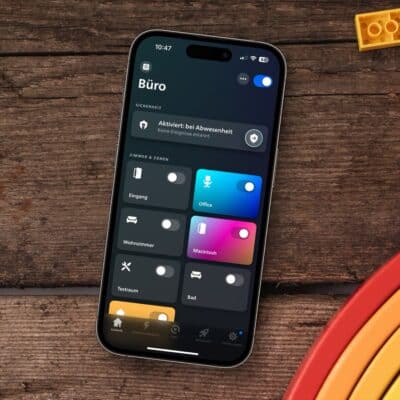

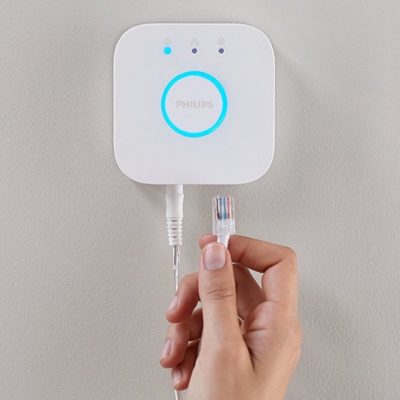
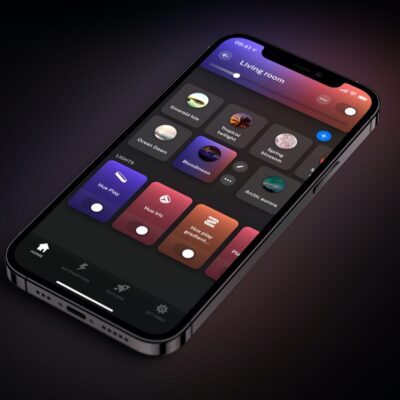
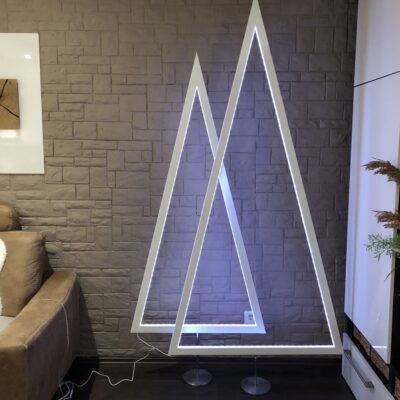
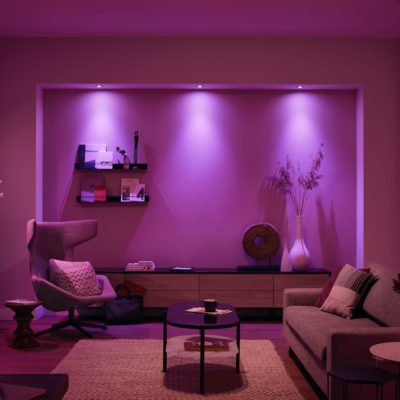


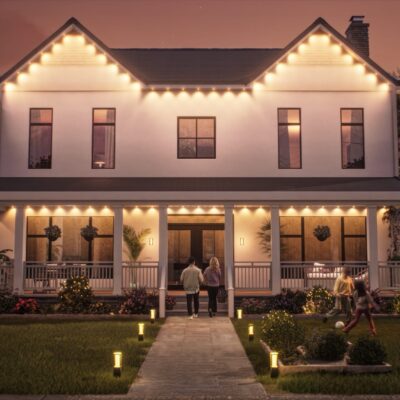
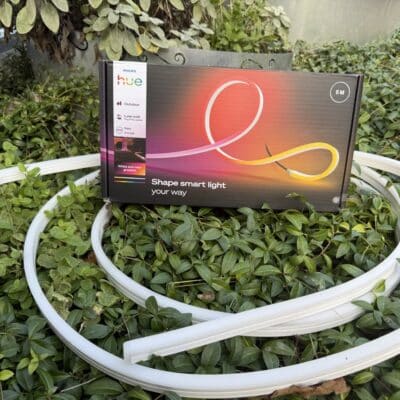
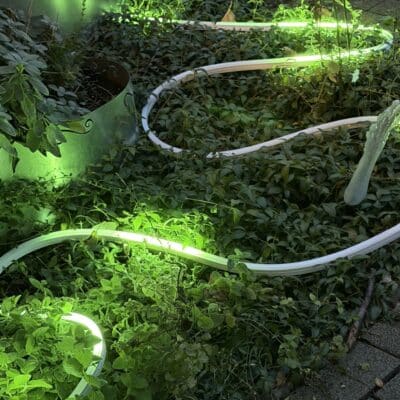

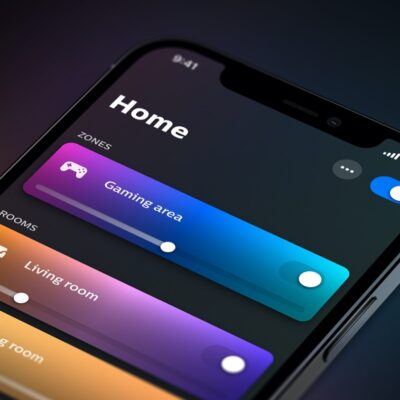

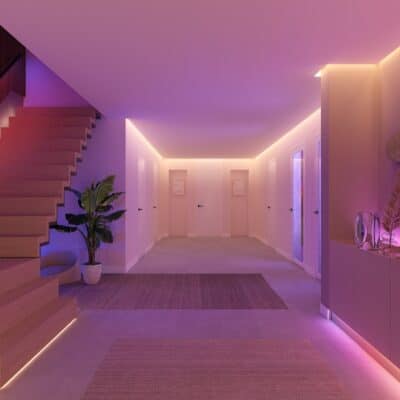

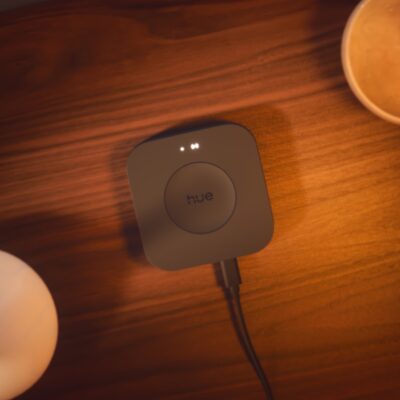
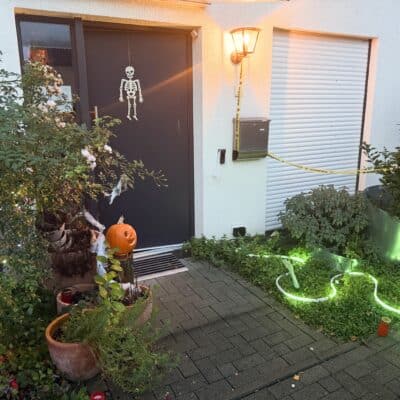

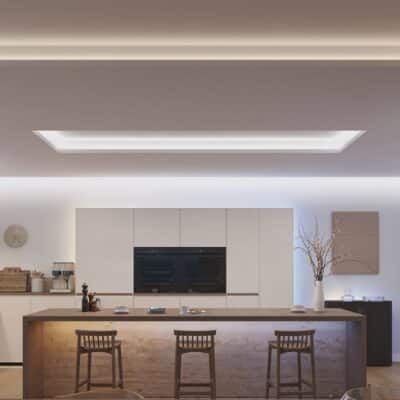
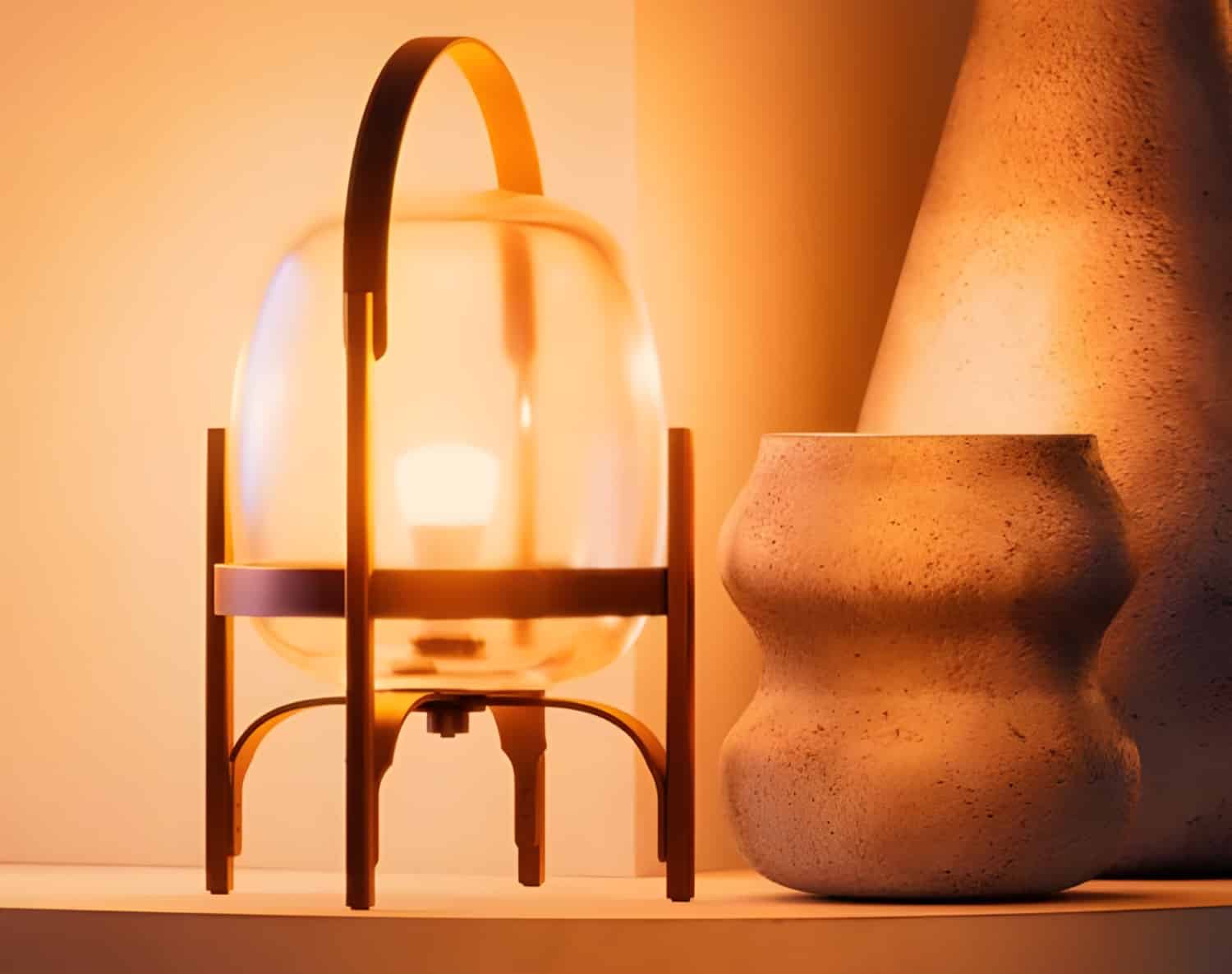

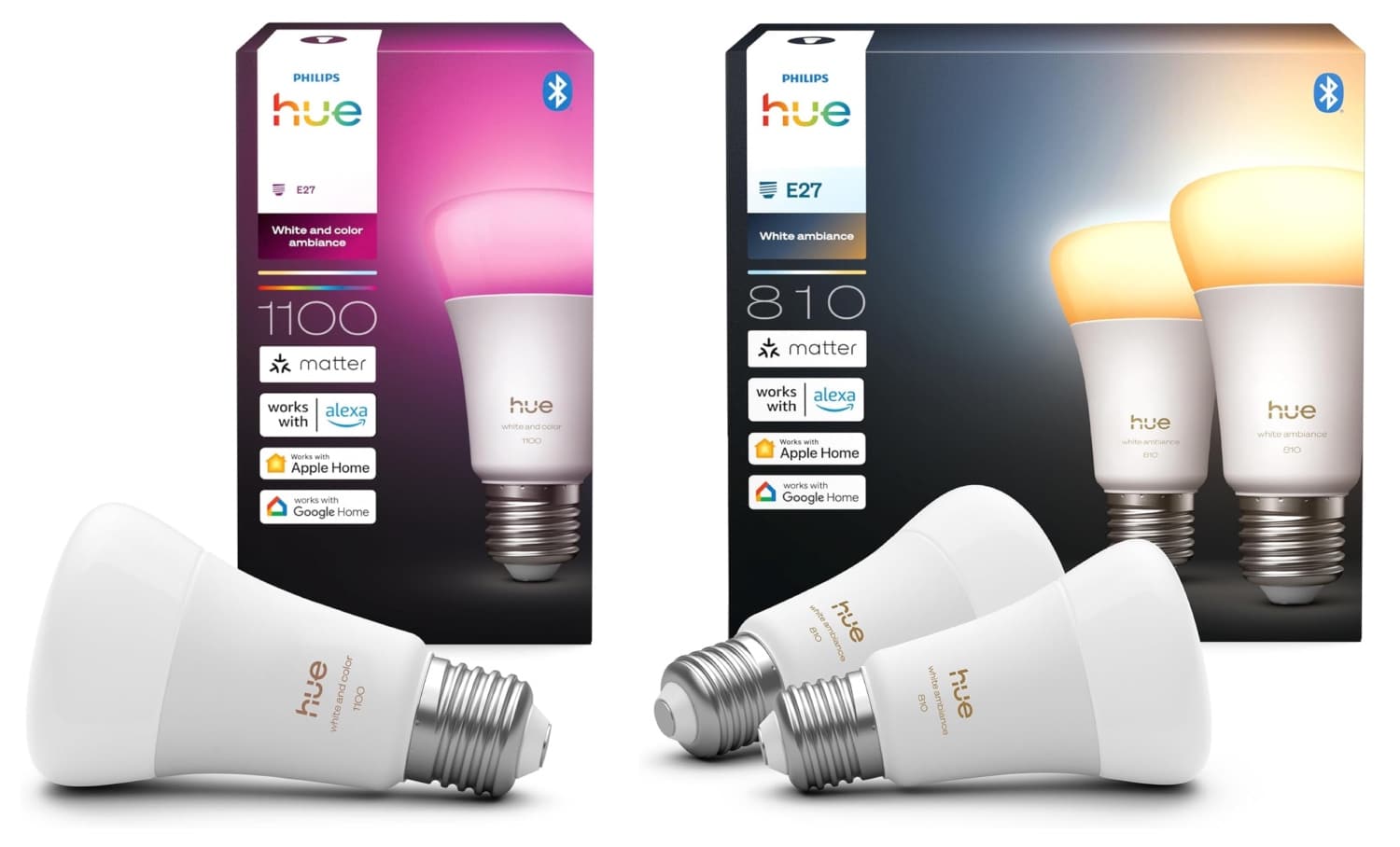


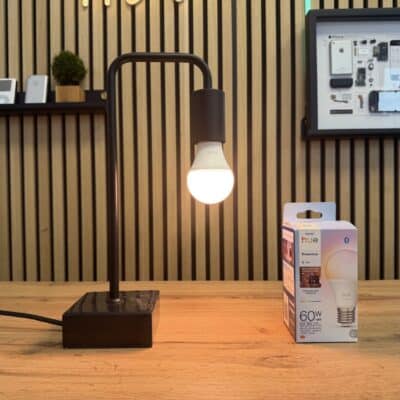

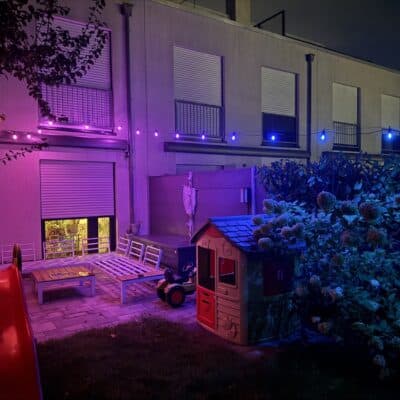
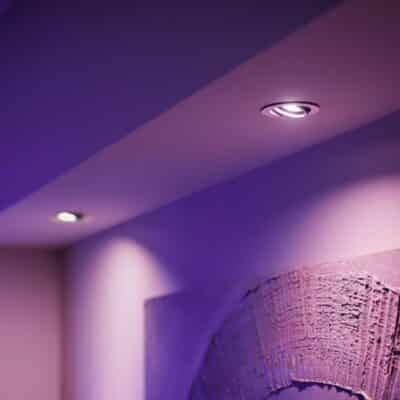
Matter logo on the box! Unless they’re doing the scam typical of some Mainland Chinese vendors (putting the Matter logo on products which only connect to a Matter system via a bridge, which is a breach of CSA rules), this should mean a proper Matter support directly by the bulbs, meaning you could just pair them to a Matter controller like the Nest Hub/Homepod without the Hue Bridge.
If that’s the case, I wonder what’s the connectivity here – WiFi or Thread…
I have the same question and no answer yet 😉
Please, Marketing department please… Why are you all like this? Stop making stuff up that doesn’t make any sense… 20000 Kelvin is not a natural color. It’s basically blue. The same way 500 Kelvin is pure red. 6500 Kelvin is the coolest natural light temperature you can get from the sun. And anyway, Kelvin range is not a flex.. You can say that your bulb goes from 2700 to 6500, but if everything in between those shifts toward purple or green, then it’s not any good is it. I’m sure your bulb is good, but why not try to educate the user about this stuff and flex those types of specs instead of making some stuff up about how natural the 20000 Kelvin looks when it doesn’t.
Do we know what form factors we’re getting these new bulbs (not the Essentials) in? Just Edisons for now? Or also Bayonet? Presumably not GU10 as those tend to update later?
Do we know if we are getting any new MR16s? I actually love those spotlights.
I suspect that the colour temperature of 20,000K is a typing error, since that is way above the human visible range which is roughly 1,000K to 10,000K.
Correction: the human eye can see light that is 20,000K and will appear as extremely cool blue/violet
@David Webster:
Thank you for your clarification on this!
Always appreciate to see extra efforts, like this, helping leveraging the knowledge of the entire community.
🤷🏼♂️ Sometimes we all just type too fast, only realizing that later 👍🏻
The kelvins rating is just marketing like “60W” equivalence in 10W.
But it is useful visual perceptionwise: The kelvins in non-incandescent lightbulbs is just an analog of (approx) what the light is perceived when blackbody light is seen through a perfect band gap filter (blocking IR/UV) and only the visible light, dimmed/brightened appropriately with neutral density filters.
Simulating low temps like 1800K is done by color-mixing warm white + a bit of red + a tiny bit of green. You have five LED chips (R,G,B,cool white, warm white), and with dimmability to 0.1% on all chips, you can simulate the visual portion of 1000K and 20,000K.
2/2 Note: “perceived” = “human perceived” given nuances of human retinas on the R,G,B spectra. It’s a big color-sciences rabbit hole.
To get 1000K-20,000K Philips Hue reportedly cleverly mixes all 5 chips to reproduce the human-visible slices of the various color temperatures.
A 5-chip version of the 3-subpixel screen. Much like your screen you’re reading this comment on, has to use color-mixing of R/G/B subpixels to create yellows, purples, violets, and other shades.